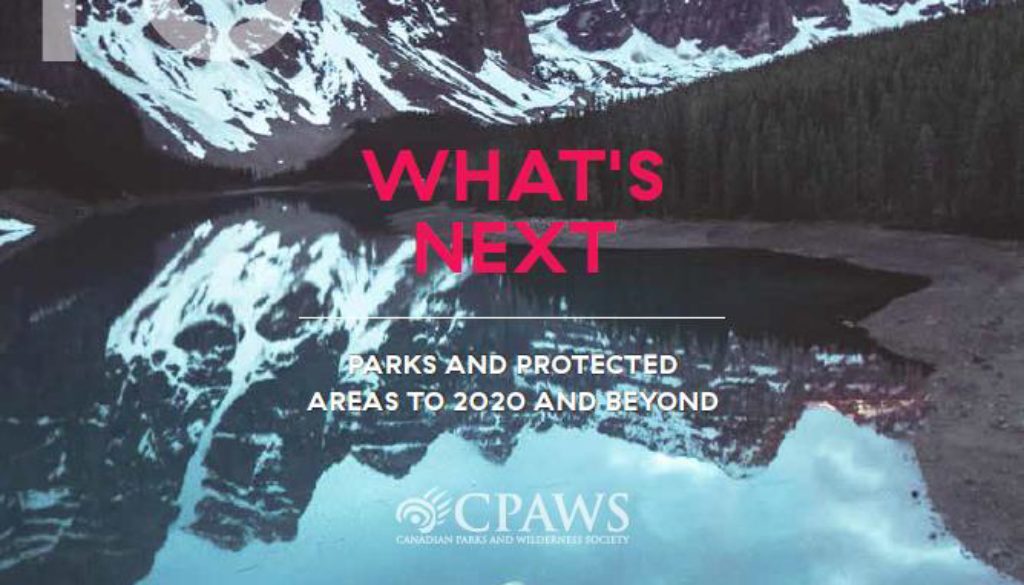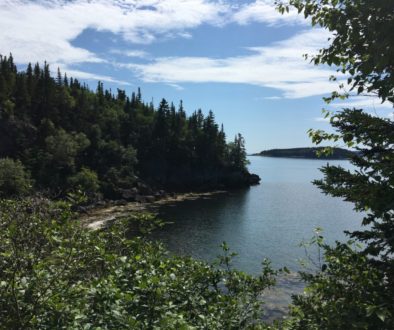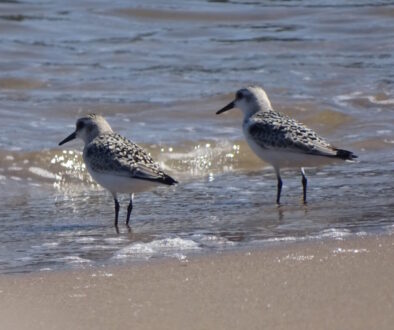Annual Parks Report outlines roadmap for meeting land and freshwater protection targets in New Brunswick and across Canada
July 17, 2018, Fredericton – The Canadian Parks and Wilderness Society (CPAWS) released its annual Parks Report today, What’s Next: Parks and Protected Areas to 2020 and Beyond. The report recommends how governments in Canada – federal, provincial, territorial and Indigenous – can work together to almost double our current protected areas to achieve our international commitment to protect at least 17% of our landscape by 2020, and to plan for the longer-term work needed to reverse the catastrophic and ongoing decline in nature. Canada has the biggest opportunity in a generation to protect nature – and this report provides a roadmap for action.
All jurisdictions in Canada have committed to work together to achieve the 2020 protected area target. Added to the $1.3 billion investment in conservation in the 2018 federal budget, we have an unprecedented opportunity for Canada to safeguard nature in the spirit of reconciliation between Indigenous governments and Crown governments, and between all peoples in Canada and nature.
“In New Brunswick, our government does not have a target or action plan to add new protected areas, and our province is noticeably behind compared to all other parts of the country,” says Roberta Clowater, CPAWS New Brunswick Executive Director. “With political will and a bold action plan, New Brunswick can step up and help Canada reach our goals. Immediate opportunities are to establish the Restigouche Wilderness Waterway, and protect our remaining old forest habitat, provincially significant wetlands, and natural areas in our drinking water watersheds.”
Diverse voices across the country are now calling for action on protected areas, and momentum is growing. With 2020 right around the corner, people are asking, “can Canada do this?” “Can our country almost double the protection of our lands and freshwaters in 2 years?” The answer is YES. In the report, CPAWS identifies places in each jurisdiction where a considerable amount of collaborative work has already been done on proposed protected areas.
With the 2020 target fast approaching, CPAWS makes the following recommendations — that federal, provincial, and territorial governments:
- Demonstrate their commitment to almost double Canada’s protected areas by publicly announcing the areas they intend to protect by 2020 to contribute to meeting the target;
- Develop a western science and Indigenous knowledge-based plan by 2020 for completing an effective network of interconnected protected areas that will act as a foundation for conserving nature in the face of climate change;
- Make a clear commitment to adhere to recognized standards for the protection of nature, including those developed by the International Union for the Conservation of Nature and the Canadian Council on Ecological Areas;
- Ensure conservation funding from federal Budget 2018 is allocated primarily to support the creation of new protected areas by federal, provincial, territorial and Indigenous governments and other partners; and
- Support Indigenous governments’ work to create Indigenous protected areas.
The report includes recommendations for specific actions in New Brunswick, including developing relationships and partnering with indigenous communities for the Restigouche Wilderness Waterway, and engaging with local communities to support protection in Restigouche and in ecologically important forests, beaches and rivers on Crown land.
CPAWS is ready to work with federal, provincial, territorial and Indigenous governments on protecting our most iconic landscapes, the wildlife that call them home, and the habitat that supports us all.
-30-
Read the full Report; read the Executive Summary
For interviews, contact: Roberta Clowater, rclowater@cpaws.org ; phone: 506-452-9902
Roberta Clowater, executive director, being interviewed about the Parks Report on the CBC New Brunswick radio program Shift, July 17, 2018.
Background
Canada was the first industrialized country to sign onto the UN’s Convention on Biological Diversity (CBD), an international agreement signed by over 195 countries worldwide. In 2010, as a party to the CBD, Canada pledged to take certain actions to safeguard biodiversity, including protecting at least 17% of the country’s lands and inland waters by 2020. Protecting nature is one of the best proven solutions to slowing the biodiversity crisis.
For over 55 years, CPAWS has been working with all levels of government, and other partners across the country to protect more of Canada’s public lands. As the only nationwide charity dedicated solely to the protection of our public lands and water, and with chapters in almost every province and territory across Canada, we are uniquely positioned to help governments protect what nature really needs.
Protected areas are important to conserve wildlife and wilderness, as well as provide clean air and water for all Canadians, store carbon, and play a major role in improving our health and well-being. They also make economic sense. Protected areas around the world generate US$600 billion per year in direct spending, while costing less than US$10 billion per year to manage.



